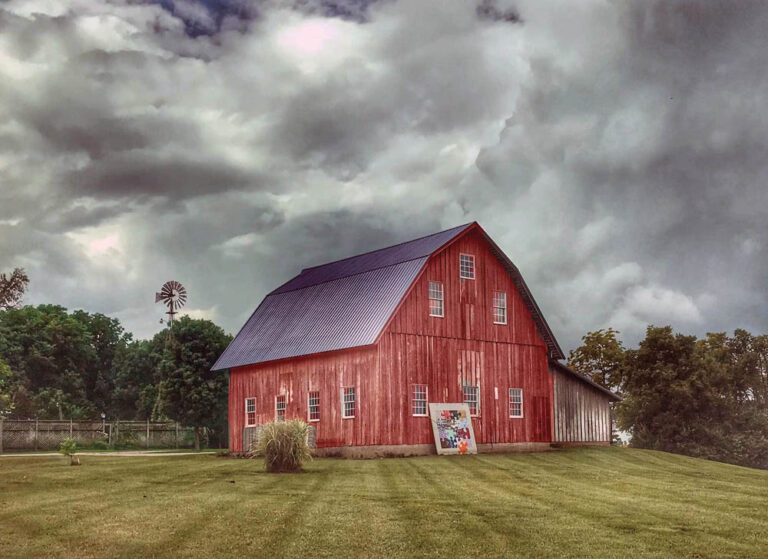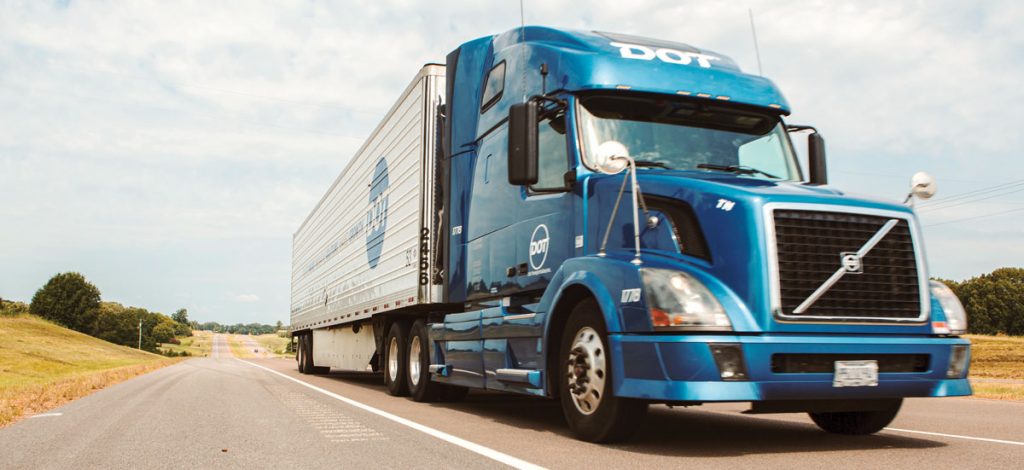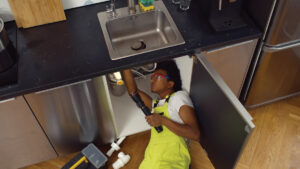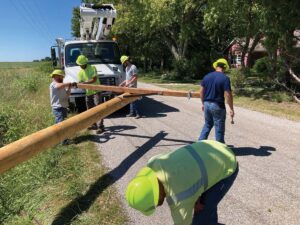 When a big storm knocks out your power, there’s a good chance help is already on the way from electric cooperatives near and far.
When a big storm knocks out your power, there’s a good chance help is already on the way from electric cooperatives near and far.
That lightning-fast response comes from a combination of a centuries-old co-op tradition, the latest in weather-forecasting technology, an ingenious contract between electric cooperatives and municipal utilities, and lineworkers’ spirit of dedication, pride and adventure.
When a power outage is caused by a severe natural disaster, the devastation can be more than your local electric co-op can quickly repair on its own. That’s when other co-ops swoop in from next door or sometimes from other states.
Perhaps you’ve seen them. They arrive in caravans of utility vehicles with military-like precision as part of a plan called a “Mutual Aid Agreement.”
A simple, one-page contract
The origins of the Mutual Aid Agreement can be traced back to 1844, even before there were electric utilities, when the first formally organized cooperative created a set of operating principles that included “Cooperation Among Cooperatives.”
When electric co-ops were formed in the 1930s, they used that handshake-style working arrangement to help each other with repairs after severe storm damage. But in the early 1990s, the Federal Emergency Management Agency (FEMA) requested a more legalistic accounting for the aid it provided electric cooperatives after natural disasters.
So electric co-ops, represented by the National Rural Electric Cooperative Association (NRECA), got together with FEMA and the organization for city-owned utilities, the American Public Power Association, and produced a stunningly short contract—it’s exactly one page long. The contract says when one co-op goes to help another, it will charge reasonable rates for the crews and equipment.
The simplicity of that arrangement fits the tradition of co-ops cooperating with each other, says Martha Duggan, senior director for regulatory affairs with NRECA.
“It is a natural extension of who we are,” she says. “Helping each other is something we do naturally as part of our co-op family and our culture.”
A contract is one thing, but success means carrying it out effectively. To that end, Duggan says electric co-ops rely on decades of experience. They share that experience with each other and meet regularly to keep procedures updated.
The response to your power outage can start days before it even happens, with co-ops tracking weather patterns that could knock down poles. They organize themselves under their own state associations, planning for how many line crews might be needed and where they will come from, and even making hotel reservations to house crews.
One recent, crucial update of the mutual aid procedure was in response to the COVID-19 pandemic. Duggan explains keeping lineworkers safe from the virus can mean more time and more expense. She asks co-op members for extra patience as social distancing requirements mean changes—for example, only one lineworker per truck rather than two, and no more bunking multiple lineworkers in a hotel room.
In addition to the careful planning and procedures, there’s another secret ingredient to why co-ops come together in a crisis so effectively—the lineworkers. When they head to a storm-ravaged area, it’s with a serious kind of excitement as they get ready to use their skills for a cause they passionately believe in—restoring electricity.
“It is a pride of workmanship,” says Duggan. “There is this sense of adventure to it, but there is also the sense of responsibility that this is what we do. We get the lights back on.”









